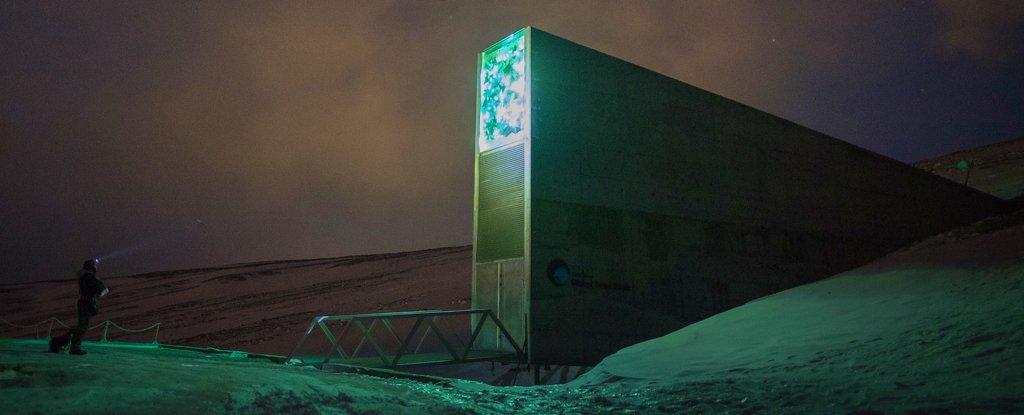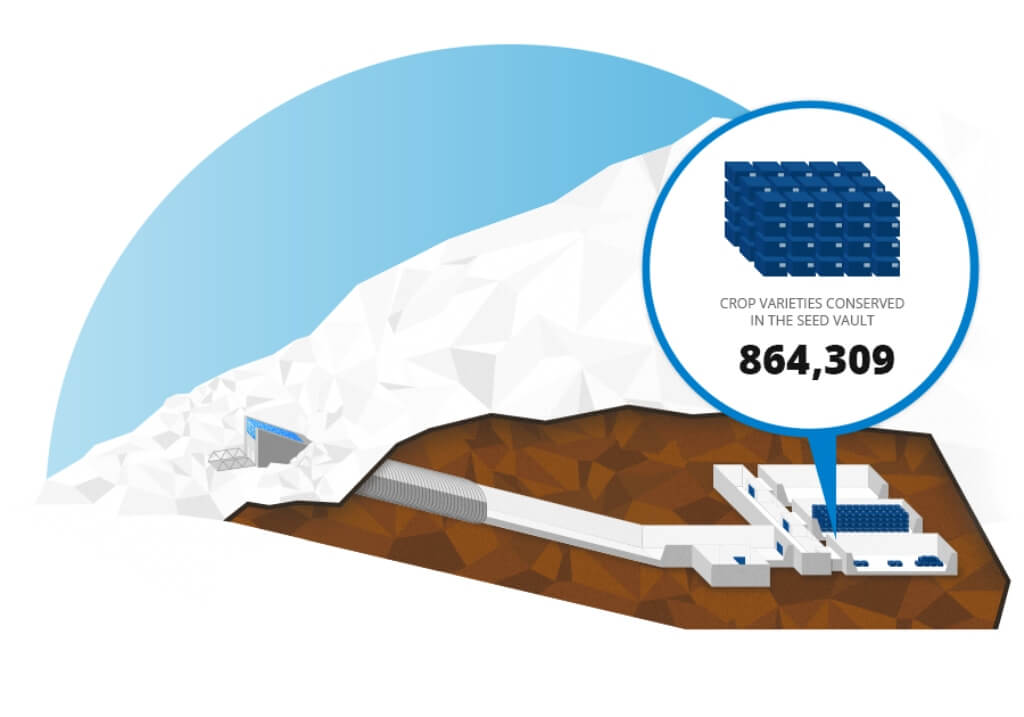

The US Defense Department has invested huge sums in research directed to splicing lethal genes into these GM crop seeds, including smallpox, bird and swine flu viruses, coronaviruses, the plague, AIDS, and more. These examples may be harmless, but others are much less so. (21) An American research lab spliced the genes from fireflies into tobacco plants, producing a tobacco field that glowed in the dark. Monsanto also forced these genes into tomatoes, resulting in the first GMO tomato. (20) The scientists spliced this gene into Canadian wheat crops, permitting the wheat to withstand freezing temperatures without damage. In one case in Canada, a government department discovered an “anti-freeze” gene contained in the blood of fish living in Arctic waters, permitting them to survive in waters of sub-zero temperature. The other is more sinister, in that many groups have experimented with gene-splicing technology, inserting unrelated DNA into various seeds.

One is that the US can use it as a political weapon, refusing to supply seed to a disfavored nation, perhaps causing widespread famine and dislocation. GM seed is neither more productive nor healthier than traditional heritage crops, and is far more expensive and destructive, but it presents almost irresistible military advantages against any nation that becomes dependent on this source of food grains. Genetically-Modified seed was never intended to support human life, but to eliminate it. GM seed was never meant as a way to feed the hungry, but was instead conceived and developed as a weapon or, more precisely, as a weapons-delivery system. GM seed was conceived, promoted, researched and funded by the US Department of Defense – the American War Department. We might suggest all those answers, but in each case we would be wrong. Or, we might suggest a private company in the agricultural field was looking for more productive varieties of grains and stumbled on this process. If we were to ask about the origin of GM seeds, how the idea was conceived and developed, who did the research and who provided the funding, how would we reply? We might reasonably suggest that perhaps the concept originated in the Biology or Agricultural Department of some university, or that a government lab doing research on food supplies might have conceived and pursued the idea. This subject is too large to be discussed here, but one aspect requires brief notice.

It's a shame that his comment turned out to be so prescient.GM seeds and GM food carry great risks for all nations, so much so that for many reasons it is probably imperative these foods be banned outright. "They have a safety duplicate collection here in Svalbard, which is a great thing because the area is in a state of war right now," he says. In a short 2013 film about the Svalbard vault, the vault's developer Cary Fowler points out ICARDA's backup samples in the vault. ICARDA's stockpile includes a host of agricultural specimens that have adapted specifically to survive in dry areas and drought conditions, which will be crucial as the global climate warms. The Aleppo vault is still partly functioning, but the conflict has hindered its ability to dispatch seeds to other countries in the Middle East, an important function of the organization. The International Centre for Agricultural Research in Dry Areas (ICARDA), responsible for making the withdrawal request, has already had to move its headquarters from Aleppo to Beirut in 2012. One such collection, held in Aleppo, has been partially destroyed by Syria's ongoing civil war. A 2013 mini-documentary by David Osit about the Svalbard vault.


 0 kommentar(er)
0 kommentar(er)
